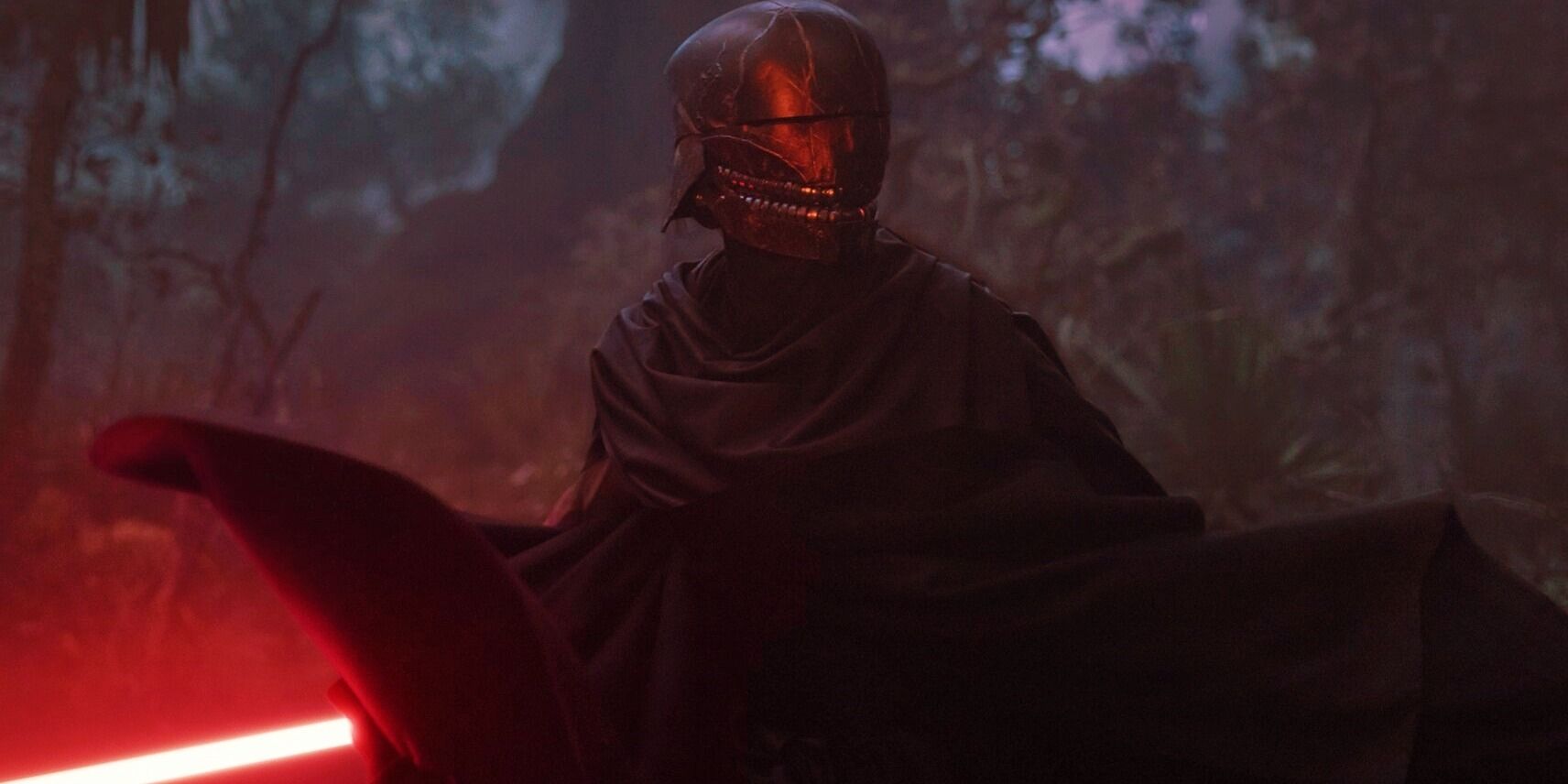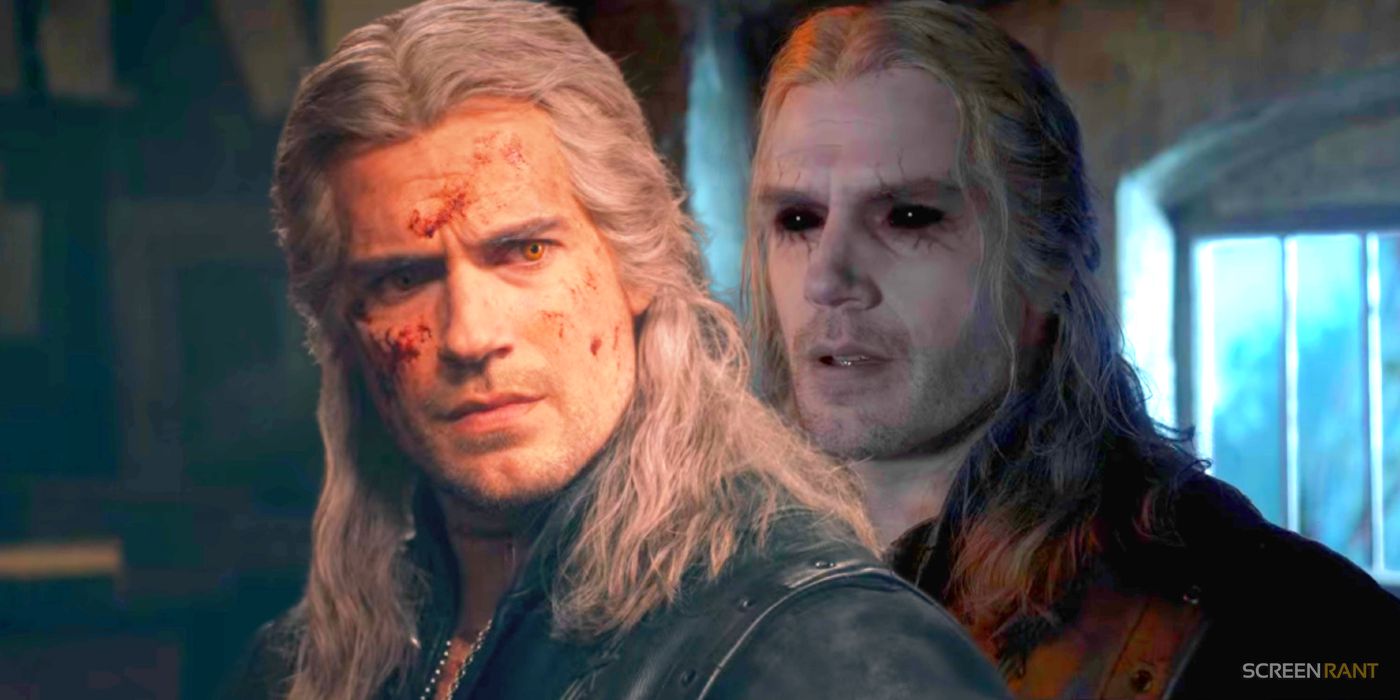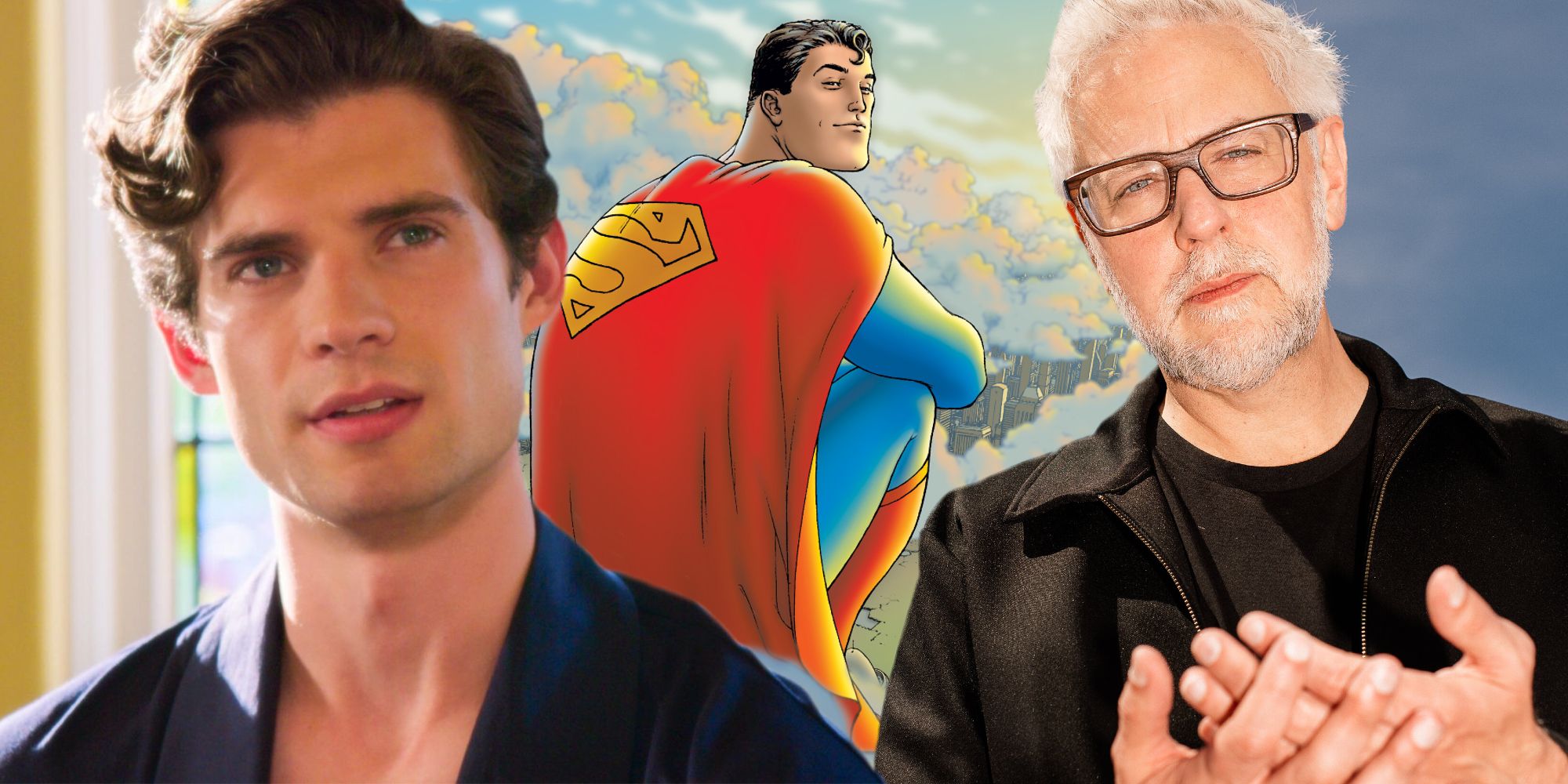With Assassin’s Creed‘s jump to massive open worlds in Origins, the Ubisoft franchise made a big move, not only into the large maps of RPG gameplay but also the world of monsters and mythology. Prior to Origins, most Assassin’s Creed games had been set in the Mediterranean region of Europe, the Near East and the Holy Land, or else in the New World of the colonial United States and the Caribbean. But with Origins, players could explore Ancient Egypt, a land richer in history and mythology than most previous settings for an Assassin’s Creed game. A whole new category of foes entered the picture in Origins and its successors, Assassin’s Creed Odyssey and Valhalla, as mythological monsters came to stand in the way of the protagonist achieving their goals.
Of course, the Assassin’s Creed series has long had a mythology of its own, focused on the supernatural beings called the Isu and their legacy. A race of beings responsible for the creation of humanity, the Isu (according to Assassin’s Creed series mythology) also created the Pieces of Eden, an incredibly powerful set of artifacts that members of both the Assassins’ Brotherhood and the Order of the Templars pursue throughout the different games. While the Isu themselves are a kind of mythological pantheon within the framing narrative of Assassin’s Creed, they also overlap with or find their way into other earthly sets of gods, including those of Ancient Greece, the Norse Aesir, and even the Bible, with Adam and Eve said to be responsible for stealing the first Piece of Eden, the famous apple.
Many of the mythical monsters that players encounter in Assassin’s Creed are said to be relics, failed experiments, or the actual embodiments of the Isu themselves. Some of these could be found in earlier franchise games, but as their open-world settings have come to include other, more mythologically rich times and places, including AC Mirage‘s Baghdad, the series’ perfect setting, Assassin’s Creed has leaned in, populating its worlds with beasts and monsters drawn from these ancient mythologies but made canon by linking them to the Isu. Some of these monsters, like the Cyclops and the Sphinx, may already have been known to players while others, like the serpent Apep, were likely less familiar. But they represent some of the toughest boss battles in their respective games, drawing on the power of the Isu to make them hard to bring down.
Ancient Egyptian Mythology Comes To Life In AC Origins
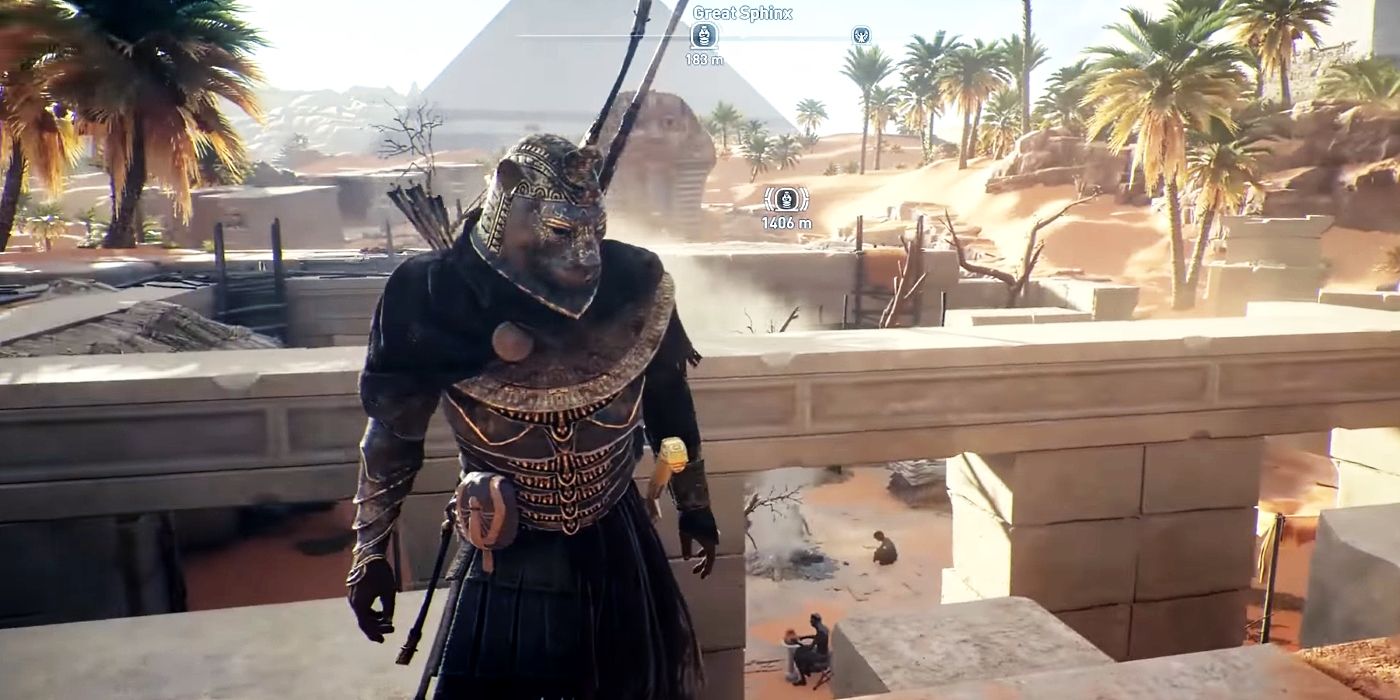
As a Medjay, a member of an ancient warrior class dedicated to serving the Pharaohs, Assassin’s Creed Origins Bayek – wearing the best outfits the franchise has ever featured – comes into conflict with some of the greatest monstrosities of ancient Egyptian mythology. Perhaps the toughest of these to appear in the main game is a giant serpent known as Apep, or Apophis. Apep – also known as the Serpent of the Nile and Eater of Souls – is the ancient Egyptian deity of chaos and destruction and a primary foe of Ra, the Sun God. In AC Origins, Bayek encounters Apep while pursuing an enemy called, fittingly, the Lizard, a member of the Order of the Ancients. As part of a ritual, Bayek takes hallucinogens and finds himself battling Apep, whom he slays with a magical Bow of Light.
The DLCs for AC Origins take an even deeper dive into ancient Egyptian mythology. In Curse of the Pharaohs, Bayek – having already founded the Hidden Ones, later named Brotherhood of Assassin’s Creed, and defeated the Order of the Ancients – investigates a stolen relic, bringing him into contact with a host of ancient monsters and the ghosts of long-dead pharaohs. These include such luminaries as Nefertiti, Ramesses, and Tutankhamun, all of whom appear as bosses in the expansion pack. In another DLC, Trial of the Gods, Bayek must take on Anubis, the jackal-headed God of the Dead; Sekhmet, the lion-headed Goddess of War; and, most formidable of all, Sobek, the crocodile-headed God of Fertility.
AC Odyssey Is Full Of Famous Mythological Monsters
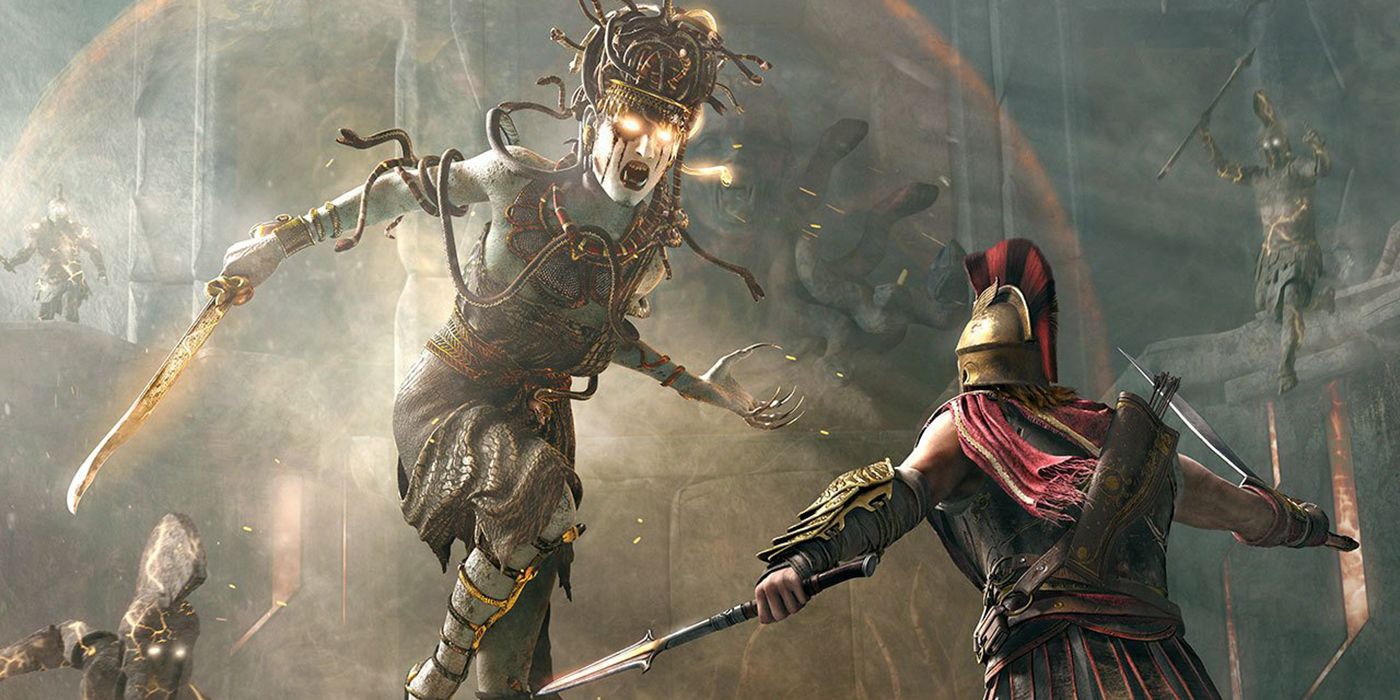
Ancient Greece has one of the largest and most well-known mythologies, and Assassin’s Creed Odyssey pulls no punches in setting players against some of its most iconic and powerful creatures. Playing as either Alexios or Kassandra, players journey through Ancient Greece in Assassin’s Creed‘s biggest map, along the way encountering four bosses drawn straight from Greek mythology. These are the Sphinx, a winged creature with a human head and a lion’s body, who poses riddles the protagonist must answer; the mighty Minotaur, a monstrous man with the head of a bull; and the snake-haired Medusa, who turns people to stone with just a glance.
There is also a particularly tough one-eyed Cyclops to battle, and while Polyphemos of the original Odyssey by Homer does not appear, Brontes the Thunderer is an extremely powerful opponent nonetheless. The game also includes beasts familiar from Greek legends, whom the player is assigned to kill in the quest “The Goddess’s Hunt.” These include several creatures felled by the famous hero Hercules (aka Heracles), which, while not among Assassin’s Creed scariest monsters, are horrors nonetheless: the Nemean Lion, whose impenetrable skin makes it a tough kill; towering Kalisto the Bear; and the Erymanthian Boar, whose poison attacks make him one of the most challenging enemies in the game.
AC Valhalla Features Some Lesser-Known Monsters
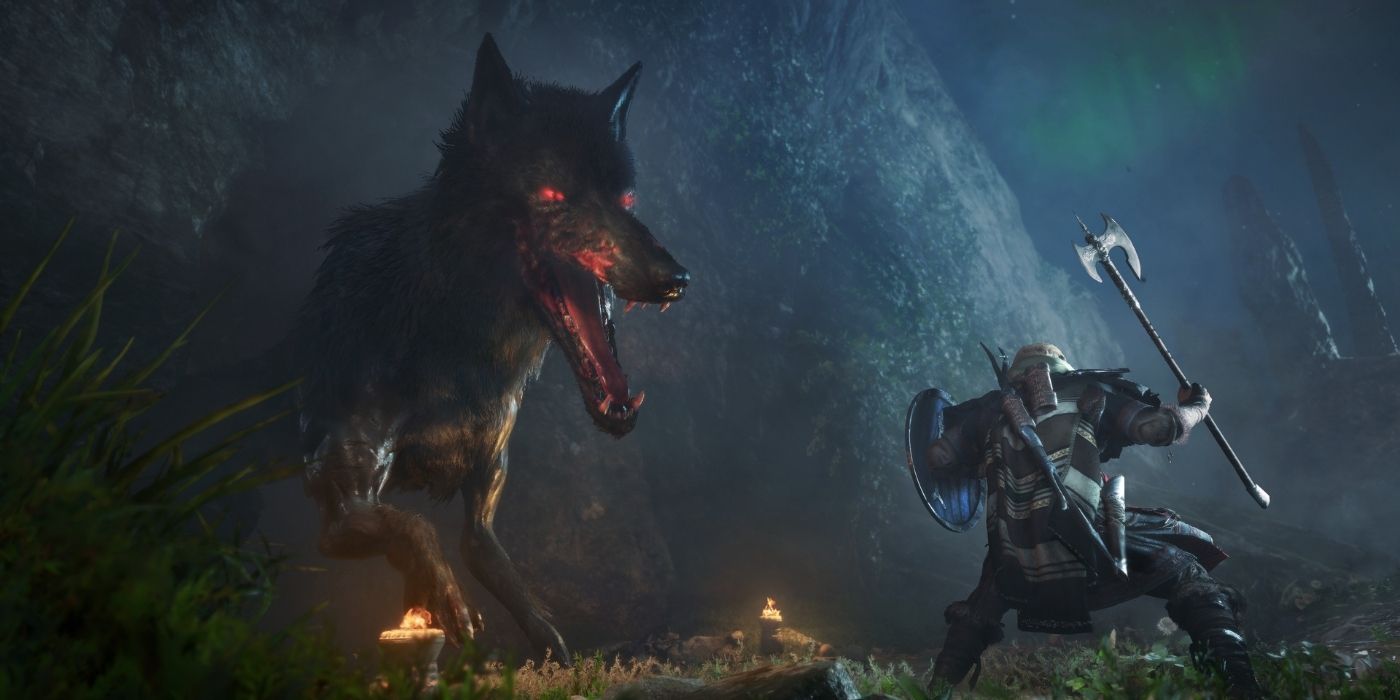
While players familiar with 2018’s God of War may recognize some monsters and mythological figures associated with the Norse pantheon, others may not have heard of the creatures and deities that figure in Assassin’s Creed Valhalla. For example, the lesser-known four stags of Yggdrasil are mythological deer who appear in Asgard and by following them, the player can find a treasure. Less charming is Fenrir, the giant wolf and son of Loki, the Norse trickster god, destined to kill Odin during Ragnarök. In Assassin’s Creed Valhalla’s Norse mythology crossover, Fenrir is also an Isu, whom the player must help the Aesir gods to bind and capture in an ultimately vain attempt to prevent the end of the world.
The Assassin’s Creed franchise was long known for its emphasis on parkour and stealth gameplay, but the shift to a more RPG-focused Assassin’s Creed style in Origins, Odyssey, and Valhalla created open worlds that allowed players to explore not only new landscapes but new mythologies as well. The monsters, beasts, and deities drawn from those mythologies have made for some of the most memorable encounters in Assassin’s Creed.


